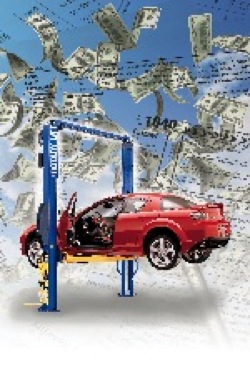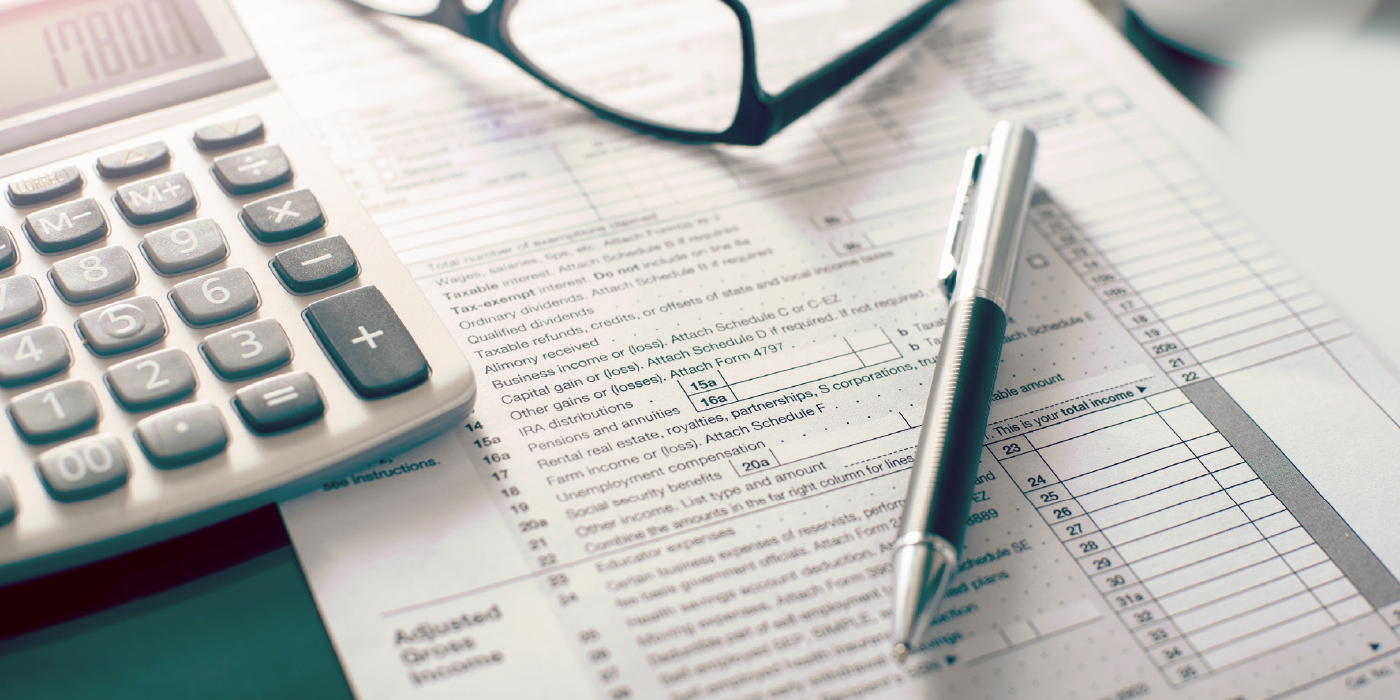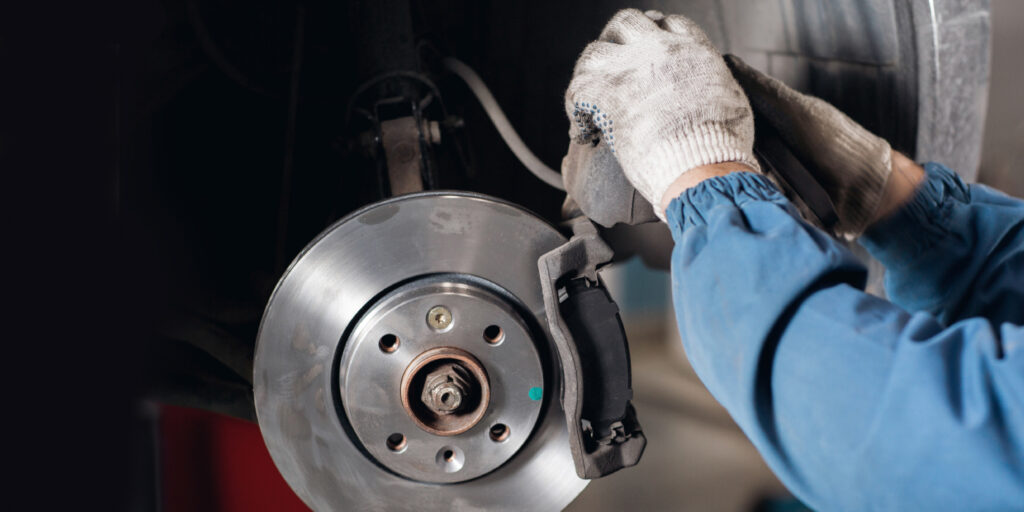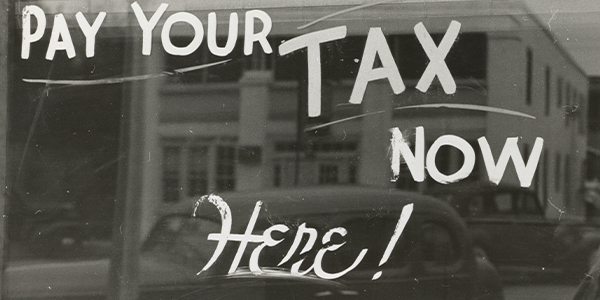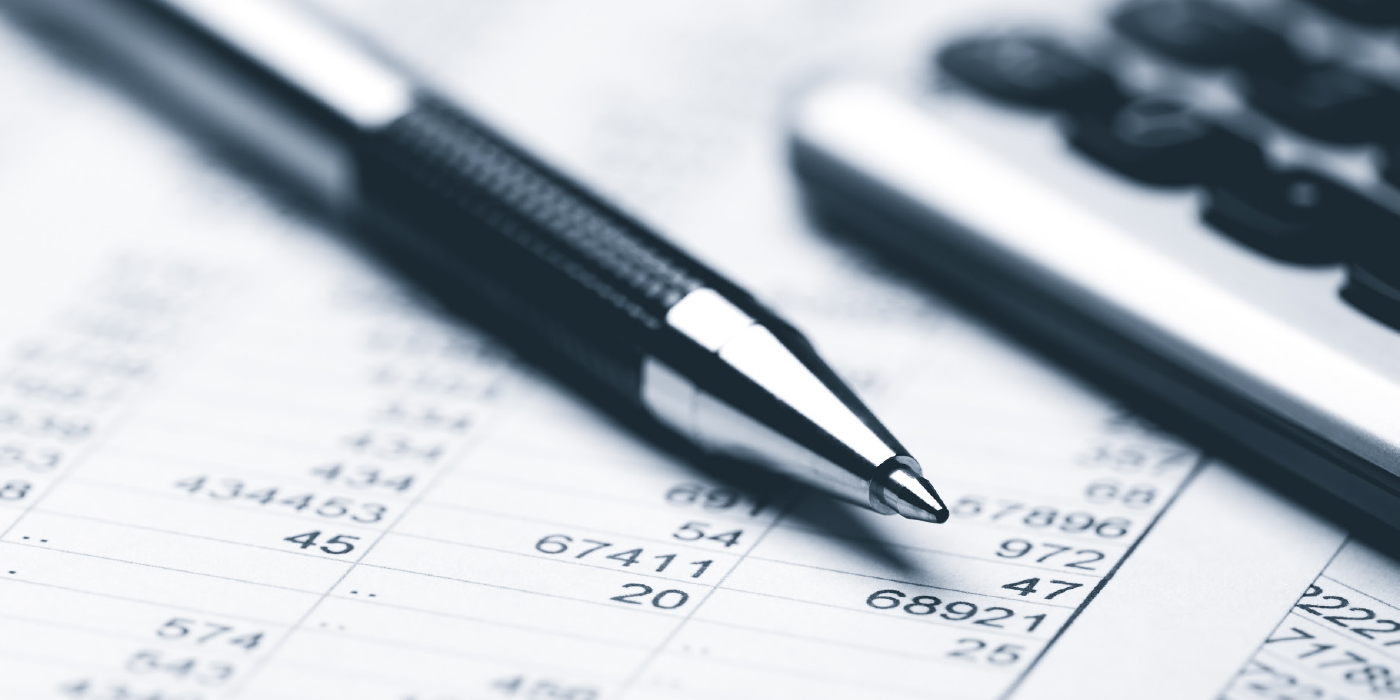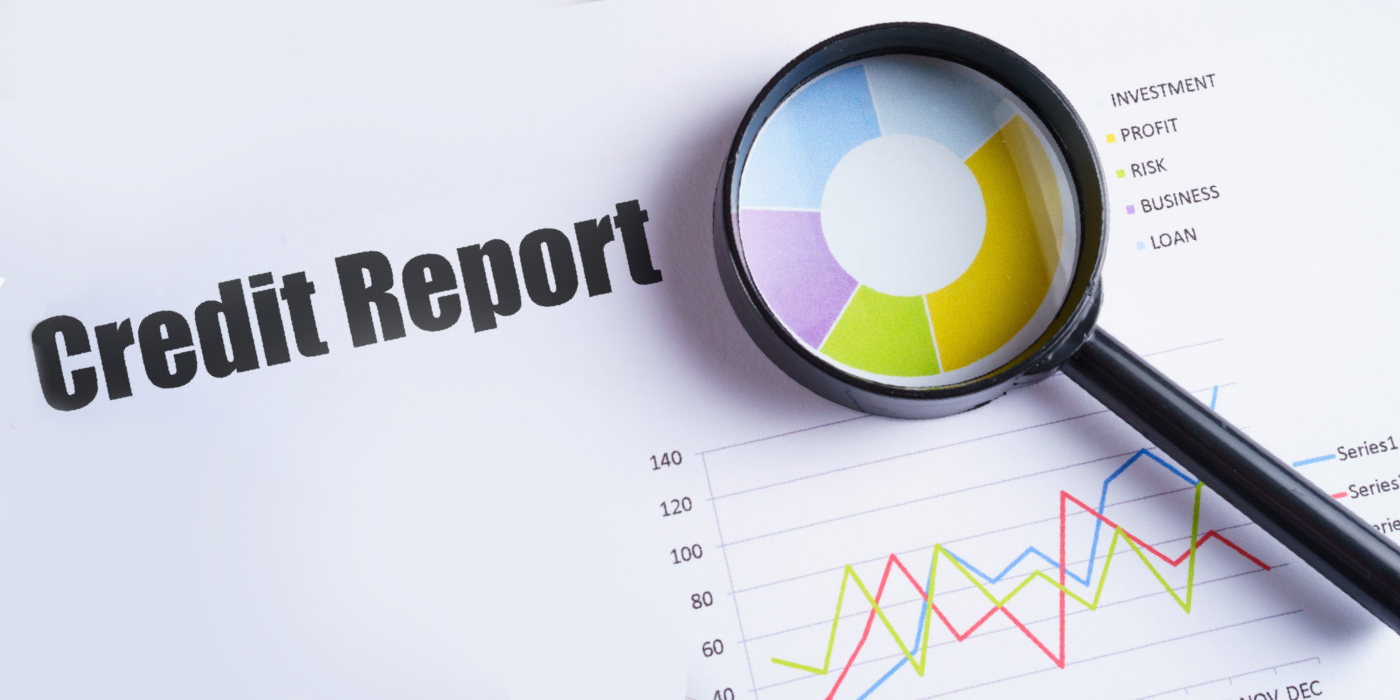In the past, any accountant would tell you that a brake lathe, alignment system or lift must be depreciated over five years or more. This is so the tax value is spread out over the entire duration that the equipment is used in the business. This was outlined in Section 179 of the tax code.
Section 179 of the Tax Code is sometimes referred to as the “SUV Tax Loophole” or the “Hummer Deduction” because many businesses have used this tax code to purchase qualifying vehicles (like SUVs and Hummers.) In the past three years, Section 179 has been altered in hope of boosting the economy and pulling us out of the “Great Recession.”
The “Economic Stimulus Act of 2008” enhanced Section 179 so shops can write off the entire capital equipment purchase price for the year they buy it. It was extended an additional year by the “American Recovery and Reinvestment Act of 2009,” and on March 18, 2010, President Obama signed the “HIRE Act of 2010” keeping enhanced Section 179 intact for tax year 2010. But, it does not make any provisions for 2011. 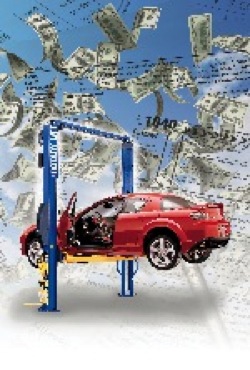
A Few Ground Rules
Assets claimed as a Section 179 deduction, or 179 expensing as the write-off is commonly called, must be depreciable, tangible personal property. This generally includes lifts, tire changers, and even computer hardware and software. Real estate, however, doesn’t count.
The equipment must be used primarily for a business purpose (more than 50% of the time). You can still expense an item if you use it for both business and personal purposes, but the Section 179 deduction then is limited to the business percentage of the item’s cost.
Be careful, though, about who sells you the equipment. If you buy it from a relative or an entity in which you have a controlling interest, you can’t expense it.
Do your recent or planned purchases meet these guidelines? Good.
Look at The Numbers
You can deduct the equipment in the year in which you place it in service as long as it doesn’t exceed two crucial thresholds: the annual dollar limit and the annual investment limitation.
Tax legislation in 2003 dramatically increased both of these amounts. The Tax Increase Prevention and Reconciliation Act, which became law in May 2006, extended the more beneficial Section 179 expensing thresholds through 2009, thanks to pressure from the National Federation of Independent Businesses (NFIB).
In 2006, you could expense up to $108,000 in business equipment. So if someone spent $100,000 on heavy machinery for their construction business and another $15,000 to upgrade the company’s computer system, they could write off most of these costs on their tax return.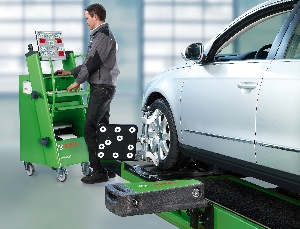
The $7,000 that exceeds the limit must be depreciated. When you exceed the limit, as in this example, the choice of which equipment to expense or depreciate is yours. Generally, you should depreciate the property with the shorter recovery period, since you’ll recoup those costs more quickly.
It’s no problem if your expenses don’t reach the maximum dollar amount. You can expense as much (within the limit) or as little as you want, depending on your overall business and tax situations.
In instances where you have extraordinary expenses, however, your Section 179 write-off will be reduced. This is where the annual investment limitation comes into play.
Stimulus Act Modifications
The specific impact the Economic Stimulus Act has had on the Section 179 deduction is related to the dollar limits of the deduction. The previous dollar limits were a $125,000 limit on the deduction, and the total amount of equipment purchased could not exceed $500,000. The Economic Stimulus Act significantly raised these limits. The new deduction limits became $250,000 on the deduction, and the total amount of equipment purchased could not exceed $800,000.
Another change that the Economic Stimulus Act of 2008 brought to Section 179 is it offered a one-time “bonus first year depreciation” of 50% on qualifying equipment. This was after the above deduction limit was reached.
In other words, if you bought enough equipment to exceed the $250,000 deduction, you could take a “bonus” 50% depreciation on the rest – this was in addition to normal depreciation.
Beware of Potential Pitfalls
Not all states have followed federal law changes through the last few years, so business expense and depreciation rules might be quite different on your state return. Be sure to keep records that will help you meet your local tax rules as well as those of the IRS.
If you expense an item and then later sell the equipment or stop using it for more than 50% of the time in your business, you might have to recapture some of the federal deduction you originally claimed. So if you plan to use the equipment for only a short time, consider depreciating it instead to avoid this complicated recapture process.
Section 179 can change yearly without notice, so now is the time to assess your shop’s equipment needs so you can take advantage of this generous tax code while it’s still available. Section 179 offers small businesses a great opportunity to maximize their purchasing power. In addition, the Economic Stimulus Act of 2008, the Recovery Act of 2009 and the HIRE Act of 2010 have provided the small business owner with generous new (and higher) deduction limits.
So take the time to determine whether your shop has the proper tools and equipment to handle increasing service demands, especially as people hold onto their vehicles longer. Most of the equipment your business will purchase or lease qualifies for the deduction, so do your homework and verify that your business is leveraging the Section 179 deduction this year.
Adapted by Andrew Markel, editor of Brake & Front End magazine from information provided by the National Federation of Independent Businesses.

